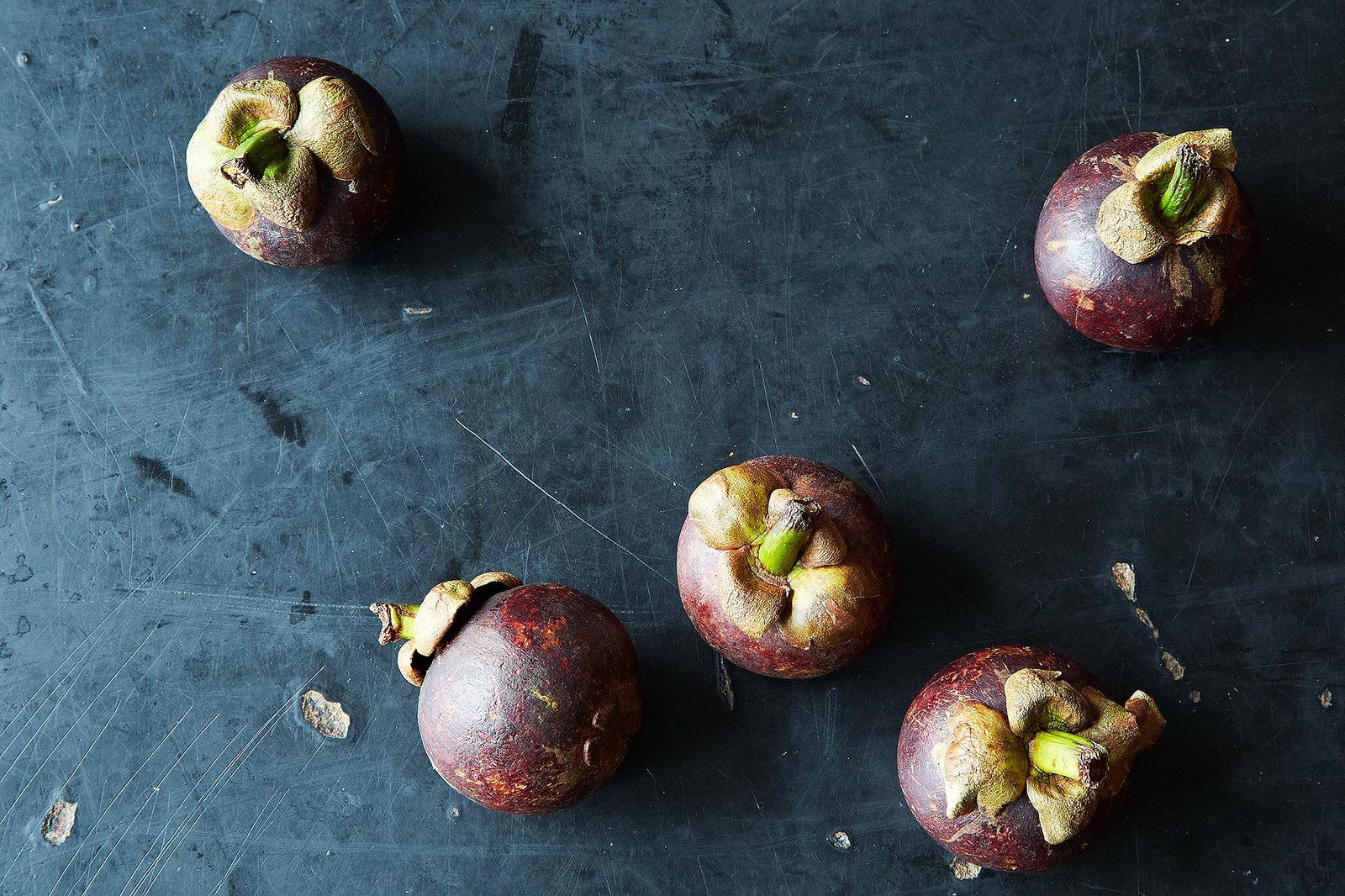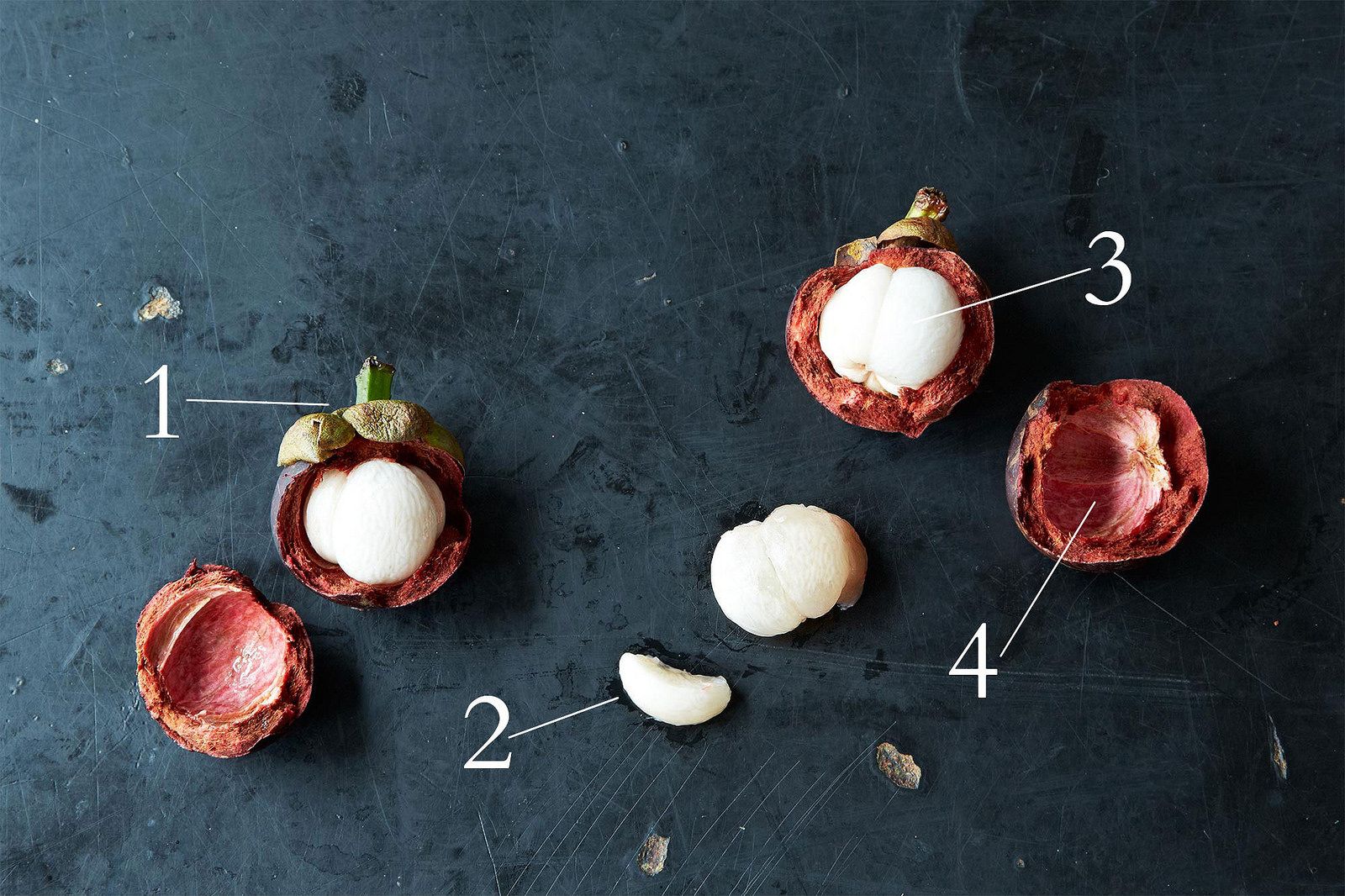Popular on Food52
Continue After Advertisement
12 Comments
vernon
March 16, 2014
There is no other fruit quite like it. Delicious on the inside. Undeniably healthy surrounds. Th pericarp is laced with Xanthones - a high powered antioxidant like no other. Check for yourself with NCBI in USA
Farha
January 26, 2014
My grandmother had mangosteen trees growing in her backyard here in Malaysia. I remember plucking and eating the fruits right there in her garden. Sweet!
DandeDandelion
January 26, 2014
A lovely fruit available in Sri Lanka too (seasonal), it does stain clothing and can add to a sore throat if over indulged in but otherwise yum!
Anuj U.
January 25, 2014
OMG, what a coincidence. I was just remembering today eating these in Thailand. Each one seemed like a rare jewel. And then one day on a trek I saw the jungle floor covered with fallen Mangosteen. It was like a dream.
Jennywren
January 25, 2014
I first had mangosteens while living in Singapore and now only enjoy them when traveling to South East Asia. They are my favorite, hands down, tropical fruit. I didn't realize they are now legal in the US. That being said, I'm not sure how well they travel and what effect that traveling has on the fruit- a big risk of freshness and flavor which such time and distance for transport, hence the probable high price tag.
By all means if one is in an area where these fruits are native and available, do try them. They are a treat!
By all means if one is in an area where these fruits are native and available, do try them. They are a treat!
Panfusine
January 25, 2014
these are delightful treats. Incidentally a wilder cousin of the mangosteen, the 'kokum' is used extensively in Goan cuisine as a souring agent. In this case its the peel that gets used.
Pork N.
January 25, 2014
I have been missing mangosteen since I traveled to Thailand! They are unlike anything else. Delicious.
ATG117
January 25, 2014
A description of how they taste and what they maybe compare to would be great.
billy
January 25, 2014
"...they taste / like lips, before they're bitten, a saltiness / washed utterly away; crushed, they release / a flood of unfathomable sweetness, / gone in a trice," says Hall.
Jen!
January 25, 2014
My favorite fruit, hands down. I have been known to go through several pounds of them during vacations to tropical locales.
Pegeen
January 25, 2014
Lindsay-Jean, thanks - always interesting to learn about another culinary ingredient!
How would you describe their taste?
How would you describe their taste?
Lindsay-Jean H.
January 27, 2014
I'm going to defer to billy's answer (above). It has such a unique flavor that I could tell you a blend of fruits that I think it's most similar to, someone else could tell you a completely different mix, and I don't think you're left with any better idea of the fruit than you get from Daniel Hall.



See what other Food52 readers are saying.